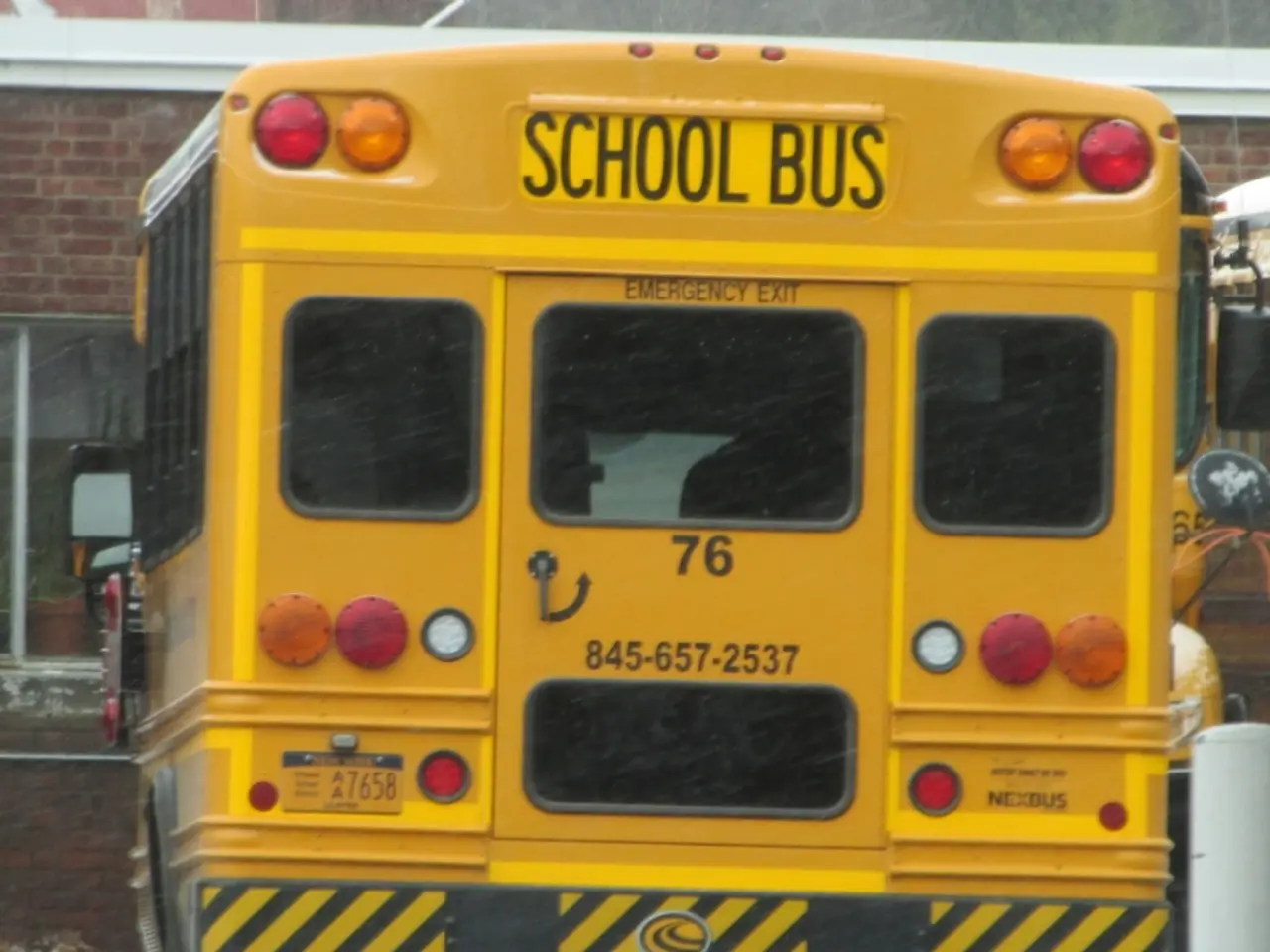Middle school closures are a possibility in Pittsburgh and Philadelphia. The two cities have proposed different approaches regarding their handling of the situation.
In the educational landscapes of Philadelphia and Pittsburgh, a significant debate is unfolding over the merits of K-8 schools versus standalone middle schools. The central issue revolves around fewer school-to-school transitions, potential academic gains, and continuity for students, versus greater resources, specialized subjects, and more extracurricular options.
According to a Philadelphia study from the 1990s, students who remained in K-8 schools performed better on standardized tests than those in district middle schools, suggesting that fewer transitions can lead to better academic outcomes. This notion was backed up by a 2019 Virginia study, indicating middle-grade students do better academically in K-8 settings. However, these benefits seem more pronounced in established K-8 schools serving more affluent populations.
On the other hand, standalone middle schools, such as those commonly feeding multiple elementary schools, offer advantages like greater resources, specialized subjects, and more extracurricular options due to economies of scale. This allows for tracking and offering multiple levels of classes, and larger sports teams or activities that can be more competitive.
The drawbacks of K-8 schools may include limited resources and fewer specialized programs compared to middle schools that pool students from several elementary schools. Standalone middle schools involve additional transitions that can disrupt student performance and adjustment if not managed carefully.
Retired middle school principal Bruce Vosburgh emphasized that positive or negative effects depend on how schools support students and parents through transitions, rather than the structure alone. Mary Beth Schaefer, an associate professor of adolescent education, prefers the standalone 6-8 middle school model, emphasizing the importance of collaborative teams of teachers, course offerings for student exploration, and advisory programs for emotional expression.
In light of these considerations, both districts are carefully weighing enrollment trends, access to transportation, and school building capacity as they decide which schools to close and which to reconfigure for early adolescents. The School District of Philadelphia and Pittsburgh Public Schools are considering school closures to address declining enrollment and budget issues.
Ultimately, the debate highlights that grade structure alone is not determinative; rather, how transitions are handled and the available resources and supports to students and families are crucial factors in maximizing benefits. Districts should give their schools the agency to make decisions based on the needs of their students, rather than what is easiest and convenient for adults. The Association for Middle Level Education advises that a single study on grade structures should not dictate each district's approach, and districts should instead make developmentally responsive decisions based on various factors.
Table: Comparison of K-8 Schools and Standalone Middle Schools
| Aspect | K-8 Schools | Standalone Middle Schools | |-----------------------------|-----------------------------------------------|------------------------------------------------| | Transitions | Fewer transitions, which may aid continuity and academic performance | More transitions but opportunity to improve transition support | | Academic Outcomes | Improved outcomes notably in established, affluent K-8s; mixed evidence in newer K-8s | Outcome depends on management of transition; access to specialized courses | | Resources & Offerings | Usually smaller scale, fewer specialized programs | Larger scale enables tracking, diverse electives, sports, extracurriculars | | Social Environment | More continuity with same peer group | Broader social mixing; potentially more competitive | | Context Dependence* | Benefits more evident in affluent or established schools | Advantages depend on resources and transition management |
*These benefits may not be universally applicable and can vary based on the specific context and management of the school.
In this educational comparison, K-8 schools are highlighted for fewer transitions and potential improved academic outcomes in established, affluent schools, although resources and specialized programs may be limited. On the other hand, standalone middle schools offer advantages such as greater resources, specialized subjects, and more extracurricular options due to economies of scale, but they might involve additional transitions that could impact student performance and adjustment. This debate underscores the importance of addressing transitions effectively, providing resources and support to students, and making developmentally responsive decisions based on various factors to maximize benefits in both K-8 schools and standalone middle schools.




